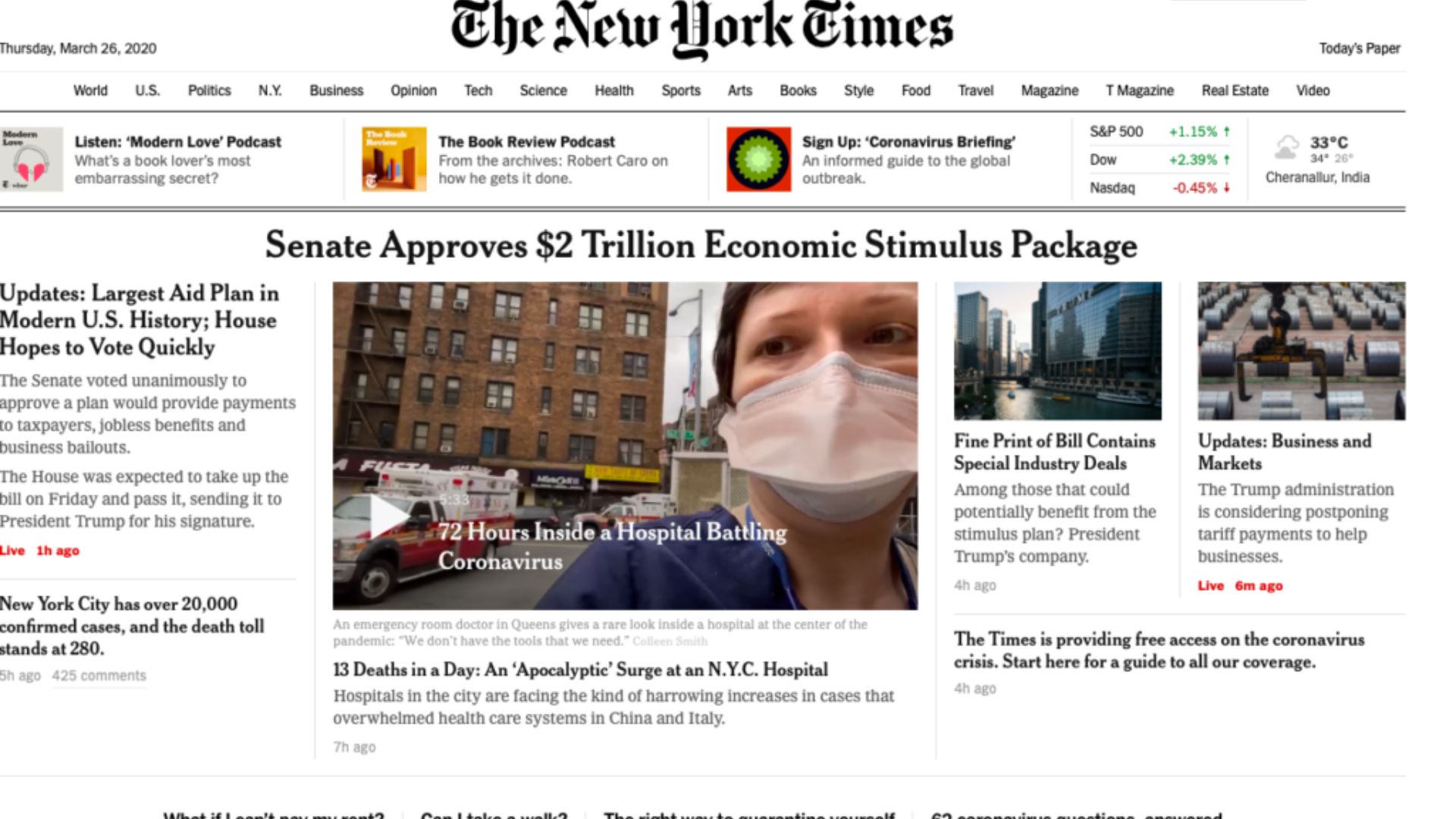Web design is continually evolving, and staying up-to-date with the latest trends can help keep your website fresh, engaging, and relevant. Here are some web design trends to watch out for in the coming years:
- Dark Mode: Dark mode has gained popularity due to its sleek and modern appearance. It provides a visually striking contrast and helps reduce eye strain. Expect to see more websites offering a dark mode option to enhance user experience.
- Minimalism and White Space: Minimalism continues to be favored in web design. Clean layouts with ample white space create a sense of elegance and simplicity. This approach emphasizes the essential elements on a page while promoting a more focused user experience.
- Microinteractions: Microinteractions are small, subtle animations or interactions that provide feedback and engage users. They can be as simple as a button animation or a hover effect. These microinteractions add interactivity and enhance the overall user experience.
- Asymmetry and Broken Grid Layouts: Non-traditional, asymmetrical layouts break away from the standard grid structure, creating visual interest and uniqueness. Asymmetry can draw attention, challenge expectations, and highlight specific content.
- 3D and Immersive Experiences: With advancements in technology, expect to see more websites incorporating immersive 3D elements. Three-dimensional graphics and interactive animations can create visually stunning and engaging experiences for users.
- Voice User Interface (VUI): With the rise of voice assistants and smart speakers, voice user interfaces are becoming more prevalent. Websites may integrate voice commands and interactions to provide a hands-free and convenient browsing experience.
- Sustainability and Eco-Friendly Design: As environmental consciousness grows, expect to see more websites embracing sustainable and eco-friendly design practices. This can include using eco-friendly hosting, promoting green initiatives, or incorporating eco-friendly visuals.
- Custom Illustrations and Unique Graphics: Custom illustrations and hand-drawn elements lend a unique and personalized touch to websites. They can help establish a brand’s identity, create a memorable visual experience, and differentiate from competitors.
- Augmented Reality (AR): AR technology is becoming more accessible, allowing websites to incorporate interactive elements that blend the physical and digital worlds. AR can help showcase products, provide immersive experiences, and engage users in new and exciting ways.
- Accessibility and Inclusive Design: Inclusivity in web design aims to make websites accessible to all users, regardless of disabilities. Designing for accessibility, such as providing alternative text for images or implementing proper keyboard navigation, will continue to be a priority.
Remember, while trends can provide inspiration, it’s also essential to consider your target audience, brand identity, and usability when implementing these design elements. Prioritize user experience and aim for a balanced combination of trendy and functional design.










